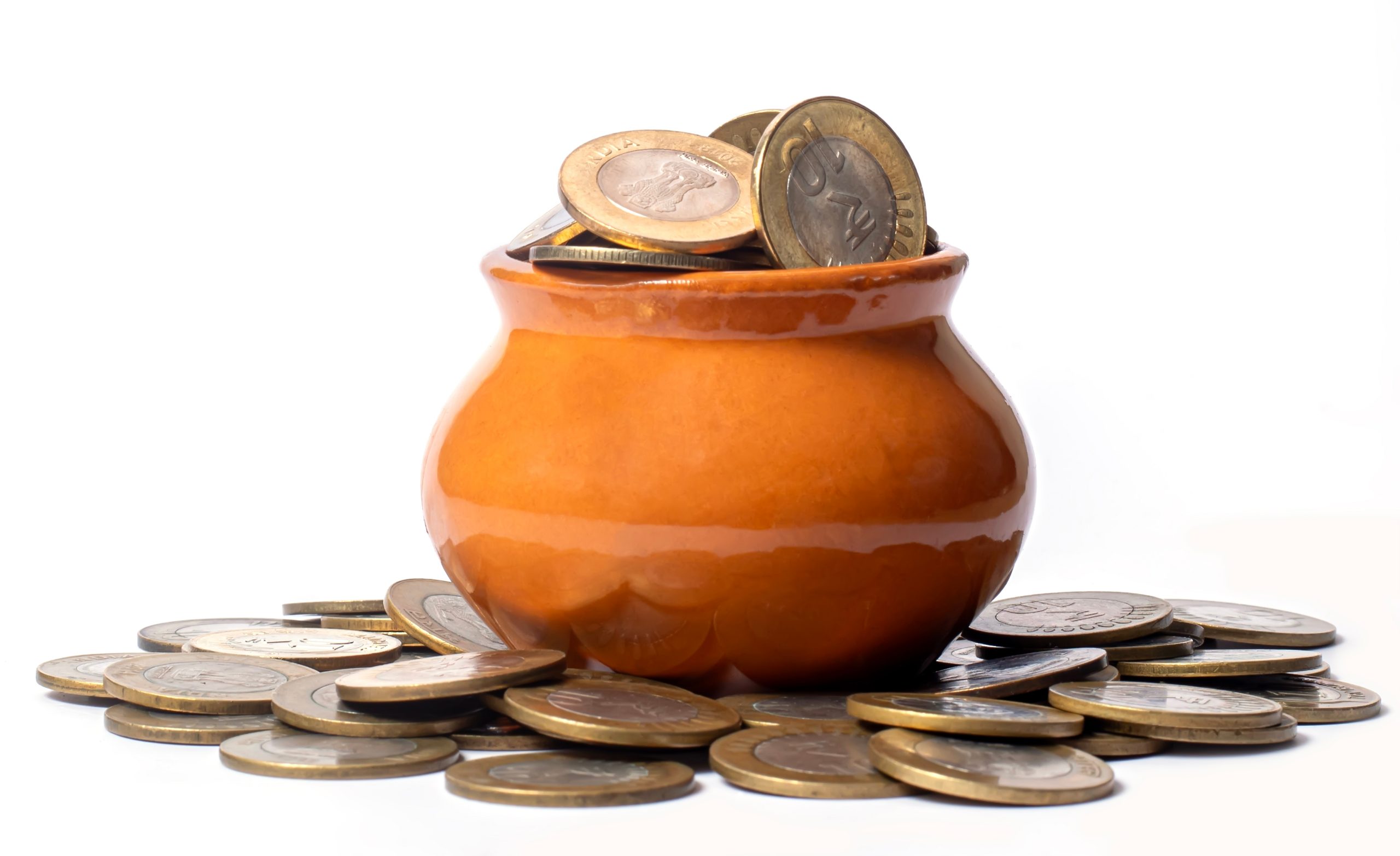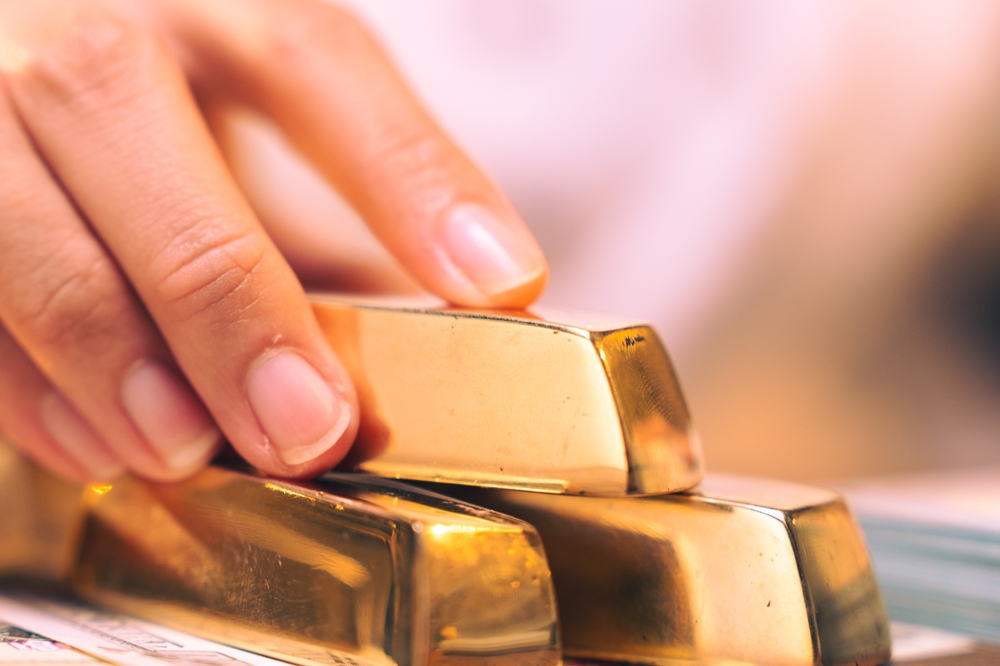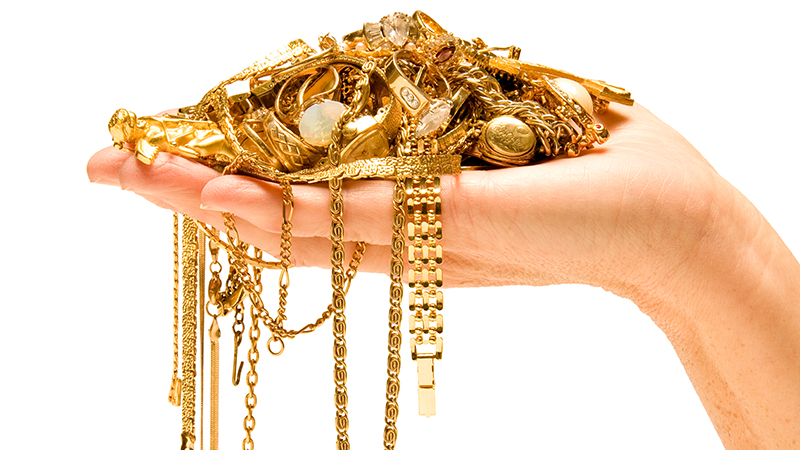Timing plays a critical role when deciding to sell gold. In fact, knowing when the market is at a high can significantly influence how much value you ultimately receive. Therefore, the difference between selling during a peak versus a slump can be hundreds of dollars, even for small items. That is to say, your decision to sell isn’t just about what you own but when you choose to act.
Gold prices fluctuate daily, sometimes by the hour. For example, the geopolitical climate, inflation trends, and interest rates can all push gold prices higher or lower. Consequently, watching market trends closely is not just smart—it’s necessary if you want the best return. We often speak to customers who are surprised to learn how much more they could have earned by waiting or acting sooner.
How Global Forces Shape Local Gold Prices
Gold doesn’t operate in a vacuum. On the contrary, international demand, mining production, and global banking policy all impact how much your items are worth locally. That is to say, the price you get in Saskatchewan today can be tied directly to decisions made in Europe or Asia yesterday. Therefore, understanding this big-picture movement can help you make smarter choices.
During times of economic instability, gold often becomes a safe haven asset. For instance, when markets crash or inflation surges, people rush to gold for stability. Consequently, the increased demand raises its price quickly. In these moments, even broken chains or mismatched earrings can yield impressive payouts if sold at the right time. You can always look at the current gold buyers Saskatoon market for signs of favorable selling conditions.
When Sentimental Value and Market Value Collide
Many people hesitate to sell gold because it carries emotional significance. However, there are times when financial needs outweigh sentiment, especially if the market is unusually strong. In other words, letting go of an item when prices are peaking could be the most financially responsible decision you make. Most importantly, you’re likely to receive a significantly higher payout compared to quieter market periods.
We’ve helped many individuals navigate these decisions, and it often comes down to what makes the most sense right now. For example, holding onto something for another year might not guarantee a better return. Conversely, acting during a confirmed peak can create an opportunity to relieve debt or invest elsewhere. Timing isn’t everything, but in gold transactions, it certainly plays a huge role.
Practical Tips for Spotting a Market High
Many people ask us how to recognize a market high. Firstly, we suggest monitoring reliable financial news or economic platforms that track gold performance daily. Secondly, it helps to notice patterns—such as price spikes during major economic disruptions or political unrest. Likewise, analysts tend to publish forecasts when major changes are expected. If you’re unsure, we recommend checking with a provider who regularly offers professional gold appraisal services based on real-time values.
Furthermore, another sign of a high is an uptick in public interest. For instance, if you notice more people talking about gold or news stories reporting on record highs, the market may already be peaking. That is to say, public excitement can often confirm what experts have predicted. Our team encourages anyone considering a sale to evaluate both personal timing and broader market behavior.
Selling Small Items Can Add Up Quickly
One misconception we often hear is that only large or pure items are worth selling during a market high. However, this isn’t true. On the contrary, even single earrings, scrap gold, or outdated chains can yield strong returns when the price per gram is high. Therefore, clearing out unused or damaged items during these windows makes a lot of sense.
Let’s say you have a few grams of mixed karat gold. During a low, this might barely move the needle financially. But during a surge, those same grams could contribute meaningfully toward a bill or savings goal. To clarify, it’s not about the size or style of the item, it’s about the gold content and the day’s payout rate. Our appraisers consider these factors in every gold evaluation and contact-based consultation we conduct.
Avoiding Common Mistakes When Selling at a High
Selling during a peak seems like an easy win, but mistakes can still happen. For example, some sellers rush to accept the first offer they hear. However, taking the time to compare assessments from multiple buyers can reveal a price difference that benefits you. In other words, rushing could cost you money you didn’t realize was on the table.
Another common error is not understanding how purity affects pricing. Therefore, always ensure your items are tested in front of you, transparently and professionally. Most importantly, avoid services that won’t explain how they determine the payout. Saskatoon Gold Buyers believes in full disclosure and clarity so that sellers always understand what their items are truly worth. You deserve a fair and informed transaction.
How Sentiment Affects Supply and Demand
Supply and demand are not just economic theories—they are very real in the gold industry. When many people decide to sell at once due to high prices, supply increases. Consequently, the market may stabilize or even begin to drop. That is to say, acting earlier during a climb often yields better returns than waiting until everyone is already selling.
Similarly, fear can drive more buying behavior. For example, during times of recession talks or currency fluctuations, people begin to hoard gold again. As a result, demand spikes and prices follow. Selling into this wave gives sellers an edge, as buyers are more willing to pay top dollar. Timing your sale just before or during the crest of such waves can make a significant difference.
Knowing When to Hold Back
While selling at a market high offers the best return, there are moments when waiting is wiser. For instance, if your gold has strong sentimental or historical value, or if economic trends suggest a more significant spike is coming soon. Therefore, understanding when not to sell is just as important as knowing when to act.
We advise clients to consider both personal and market conditions. Most importantly, your financial readiness and life circumstances should align with the timing. In conclusion, selling gold is rarely about just the metal—it’s about goals, timing, and context. When all three align, you’re likely to walk away with the result that suits your needs best.
Final Thoughts on Making the Right Move
Selling gold at the right moment can feel rewarding both emotionally and financially. Above all, it gives you the confidence that you made a well-timed decision. Similarly, having guidance from experienced professionals adds peace of mind. Whether you’re clearing out old jewelry or selling investment bullion, it pays to act strategically.
At Saskatoon Gold Buyers, we support clients in navigating these decisions with honesty and expertise. We take pride in our role during these important moments. For those ready to act, understanding how gold buyers Saskatoon determine payouts is a powerful first step toward a fair transaction.
FAQ
What are gold market highs?
Gold market highs are periods when gold reaches elevated trading prices. These occur due to global demand, inflation, or political events. Selling during these highs often leads to better payouts for sellers.
How can I know if the gold market is peaking?
You can monitor financial news, market forecasts, or observe trends like increased public interest in gold. Market peaks are often accompanied by analyst commentary and economic uncertainty.
Is it worth selling broken or mismatched items?
Yes, even broken or mismatched pieces hold value based on their gold content. During market highs, these items can be surprisingly profitable when sold.
Should I sell all my gold at once?
Not always. Selling a portion during a market high can be wise, but holding onto some may allow for future gains. Your decision should reflect both market timing and personal goals.
What if I’m not sure about the value of my gold?
You can bring your items to a reputable buyer for evaluation. Transparent testing and clear explanations will help you understand exactly what your gold is worth.
















